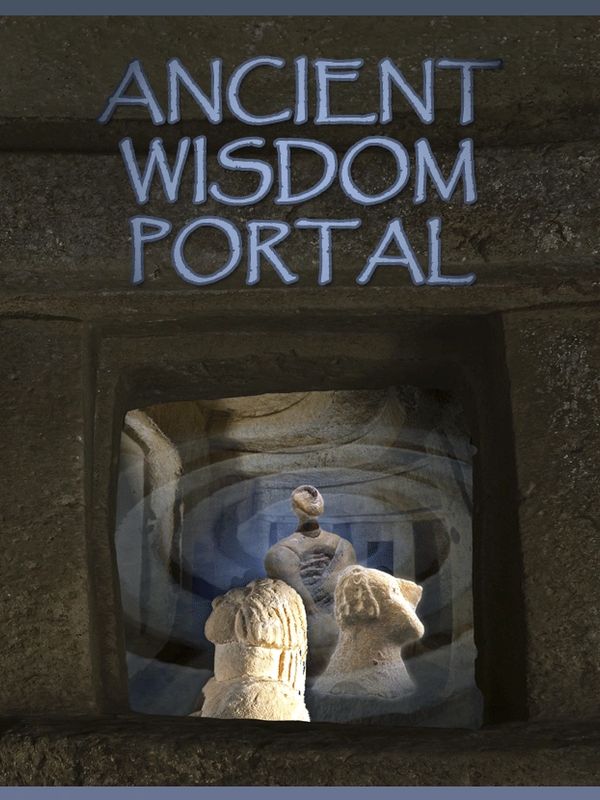PREHISTORY: Ancient Mediterranean and Levant
Listening Backward:

HOW ARCHAEOACOUSTIC MEDITATION TURNS ANCIENT SOUND INTO NEW ART
When we speak of sound and meditation today, most people think of electronic drones, spa music, or algorithmic loops designed to soothe. These serve a purpose — but they are a recent invention, crafted for consumption rather than communion. Long before the age of apps, our ancestors experienced sound as something sacred, something alive. The cave, the stone chamber, the temple: these were instruments as much as spaces.
Over the last several years, we’ve been developing what we now call archaeoacoustic meditation — a new hybrid of art and experiential archaeology that invites participants to listen not merely to sound, but to the memory of sound.
These guided meditations use authentic field recordings made in prehistoric temples and chambers — places like Göbekli Tepe, Karahan Tepe, the Hypogeum of Ħal Saflieni, and Newgrange — where stone and air still carry the acoustic fingerprints of ritual acts performed thousands of years ago.
Each piece is composed not as a background, but as a dialogue between ancient space and living listener. The voice, script, and soundscape become a bridge — joining the modern mind, wired for noise and speed, to the Neolithic consciousness that once moved in rhythm with wind, water, and heartbeat. These are not “relaxation tracks.” They are acts of remembrance.
The difference is subtle but profound. Recreational sound design often aims to distract us from the present. Archaeoacoustic meditation draws us into it — grounding the listener in the material truth of stone and silence. Within those resonant frequencies, the body feels what the intellect cannot: that we are continuous with all who came before us. The ear becomes a portal to ancestry.
In the Hal Saflieni Hypogeum, for instance, a single human tone can bloom into overtones that seem to swirl around the listener’s body. This is not digital trickery — it is architecture, vibration, and presence. To record within such a space is to collaborate with the past itself. When that sound is paired with a spoken narrative rooted in archaeological fact, something remarkable happens: history becomes sensory. The listener inhabits time.
We are living through an era of profound disconnection — from nature, from ritual, from the simple act of listening. These meditations offer a way back, not through nostalgia, but through embodied experience. They remind us that technology can serve reverence as easily as distraction, if guided by intention and respect for origins.
In this sense, archaeoacoustic meditation stands as a new art form — one that merges scholarship and spirit, evidence and imagination. It is not about escape, but return: returning to the body, to the Earth, to the vast human continuum that began in the echo of a cave.
Copyright © 1994 The OTS Foundation - All Rights Reserved.
Visitors will not find any links to Social Accounts on this website. That's on purpose.